|

Lambeth Palace The
Archbishop of Canterbury’s official London residence is a famous
riverside landmark. It dates from the 13th century, but it is the
red-brick Tudor Gatehouse, dating from 1490, that gives the palace a
distinctive appearance. Lambeth Palace Road SE1 Closed to the public

Tudor gatehouse, Lambeth Palace
Houses of Parliament
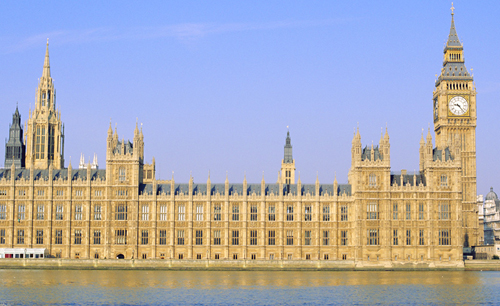
Savoy Hotel London’s
first luxury hotel opened in 1889, on the site of the medieval Savoy
Palace. Its Chinese lacquered “ascending rooms” were some of the first
elevators in Europe. Oscar Wilde objected to the new-fangled built-in
plumbing: he wanted to ring for his hot water like a gentleman.
Adjoining the hotel is the Art Deco Savoy Theatre.
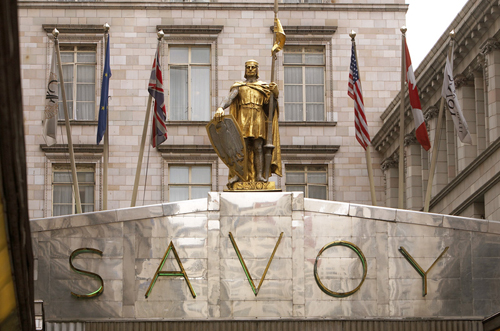
Rear of the Savoy Hotel, overlooking the Thames
Millennium Bridge This
stunning, blade-like suspension bridge links Tate Modern on Bankside
with St Paul’s and the City opposite. Unfortunately, this new footbridge
suffered from excessive movement when it first opened in 2000. It has
since re-opened and is a delightful and apt approach to Tate Modern.
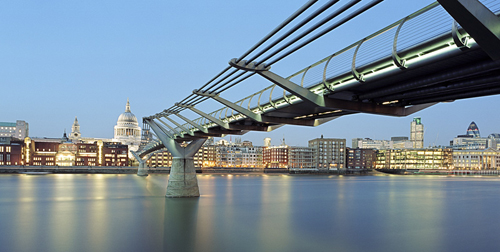
Shakespeare’s Globe This
modern reconstruction in oak, thatch and 36,000 handmade bricks is near
the site of the original Globe Theatre, which burned down in 1613. The
centre of the theatre is uncovered, so performances only happen during
part of the year, but an interesting exhibition is open all year round,
plus there is a café and restaurant with river views .

HMS Belfast The last of the big-gun armoured ships, HMS Belfast
was built in 1938 and saw active service in World War II and Korea. In
1971 she was saved for the nation as an example of an early 20th-century
British warship and opened as a museum. Visitors can tour the bridge,
the huge engine rooms, the galley and the messdecks, where you get an
idea of what life must have been like on board.

Tower Bridge London’s
enduring landmark is a neo-gothic wonder. A masterly piece of civil
engineering, the bridge was built in 1894 with steam pumps to raise its
two halves. Guided tours include views from the top .
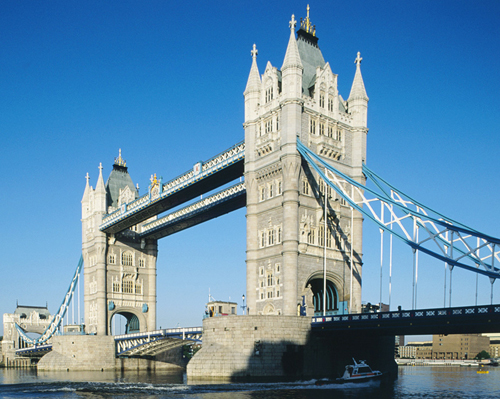
Tower Bridge
St Katharine’s Dock The
first and most successful piece of modern Docklands development was
this handsome dock beside Tower Bridge. The site suffered severe bomb
damage during World War II and was refurbished in the 1980s. The area is
surrounded by pleasant apartments, shops and cafés, with further
residential and commercial development planned .
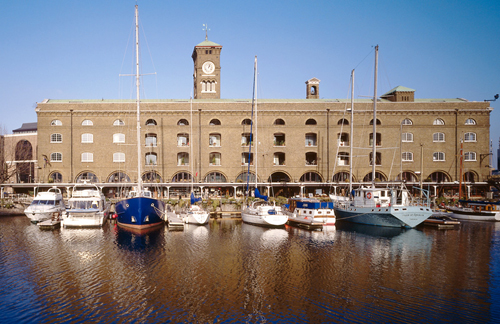
St Katharine’s Dock
The Cutty Sark Built
in 1869, this is the last of the record-breaking tea-clippers that
brought the leaves to thirsty London. Currently closed for
refurbishment, it suffered a major setback in 2007 when the ship was
damaged by fire.
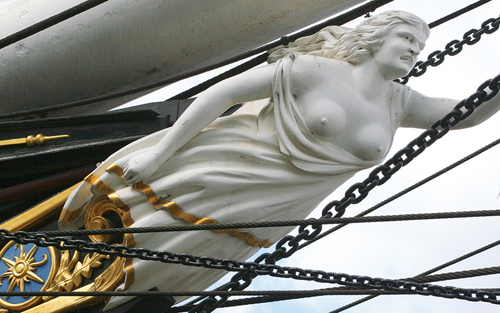
Figurehead of the Cutty Sark
Thames Flood Barrier This
huge barrier across the lower reaches of the Thames, just past
Greenwich, was built in 1982 to prevent the dangerous combination of
wind and tides from flooding the city. The Visitors’ Centre explains the
problem, detailing a long history of flooding in London .
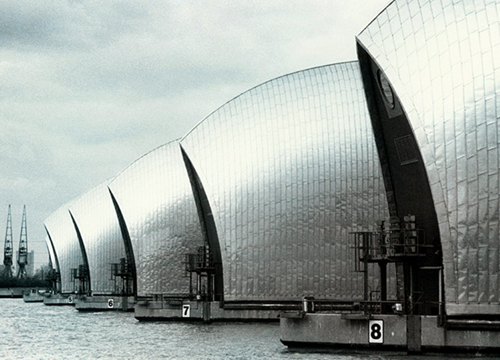
Thames Flood Barrier
|